

In 2013 Ninja Theory gave the classic hack and slash series, Devil May Cry, a punky makeover to woo western audiences. Floppy haircuts and melodrama were binned, replaced by contrived urban cool. The half-angel, half-demon Dante was transformed into a male model from an edgy fashion ad. In Devil May Cry 3 he was a cocksure lunatic, now he's a hard-drinking philandering malcontent with a bad attitude and an expensive London hipster haircut. You can almost smell the graffiti paint.
While series fans were freaking the hell out over the Son of Sparda's transformation, it was easy to miss the confident hack-and-slash game hiding behind the heavy metal and nail varnish. The good news is that the Definitive Edition recreates that at a slick 60 FPS and bundles in the three-hour DLC adventure starring Dante's gentlemanly samurai brother, Vergil, who also gets his own survival arena mode called The Bloody Palace. Various character skins for Dante and his weapons are included, along with some some new difficulty modifiers, such as the exhilarating Turbo option that boosts the game speed by 20%. That's about it. If you played DmC in 2013, there's no need to buy this version. If you didn't, strap in.
DmC is the story of two brothers, sons of the banished demon, Sparda. They're gunning for the demon lord, Mundus, who rules the city with a cohort of demons from his ostentatious tower of doom, located on doom street in district doom, just opposite Tesco. His demon lieutenants and their minions must be slain before the big boss fight can happen, and the journey takes Dante through some surprising and memorable places. One set in a rave has you jumping between dance-floor fights inside a pulsing sound wave. Another builds a level out of the tickers of a 24-hour news channel. In another level Dante dives into a river to access a demonic prison, and fights through a warped, inverted reflection of the surface world above. The Definitive Edition hasn't received a significant visual upgrade from its last-gen release, but it still looks decent.
These levels play with DmC's richest artistic conceit: limbo. Demons live in this parallel dimension, which looks like a twisted version of the real world. The world geometry is controlled by this realm's demon overlords, who like to play mind games. Streets erupt around Dante constantly, corridors lurch and stretch as you think you're about to escape. The level can shift from one lurid colour palette to another in moments. Sometimes your enemies like to project giant words onto your surroundings to freak you out, but these are mostly variations on “KILL DANTE”, because demons aren’t too imaginative.
Don't play Vergil's DLC if you haven't finished the main game, there are pretty major spoilers within. It's definitely worth completing, though, if only to play with his brutal move-set. Vergil always fights with his samurai sword, Yamato, with an effortless cool that his brother can't quite match. Between combos he slowly sheaths his blade and impales enemies with glowing magic swords. Each ability can be levelled up over the course of the short campaign. Most satisfying.
The projections sometimes serve as a mouthpiece for DmC's clumsy brand of social commentary. The demons represent various real-world ills. A popular soft drink infused with demon gunk is keeping the human population docile. Mundus has leveraged bankers' greed to control the world with debt. The surveillance state is run by demons, too – cameras turn into demonic eyeballs when you shift into limbo. On-the-nose doesn't really cover it. It's like a Russell Brand rant given form. In the soft drink factory, the words “GREED” and “OBESITY” plaster the walls. It's as subtle as a brick with the word “BRICK” projected onto it.
Luckily, there's an excellent game about beating up monsters behind all that. DmC, like its forebears, is fundamentally about dismembering demon armies with long, unbroken combos. Dante does this with an arsenal of scythes, axes, swords and big red-hot fists. The triggers switch weapon instantly, and combos are interchangeable between them. You can land the first two hits of Dante's five-hit combo with his sword, Rebellion, and switch to the final three strikes with the scythe, or start with the scythe for extra crowd control and finish with the flaming fists for good single-target damage.
The moves are fast, and beautiful, and incredibly responsive. With some practice you control a battlefield with improvised carnage, moving enemies around impetuously to set up bigger combos. Suck in enemies with a chakram throw, blow them apart with a whirling shotgun blast, lift them twenty feet into the air with a spiralling scythe attack and pummel them with sword blows as you fall. The style meter applauds your efforts with screams of “SAVAGE!”, “SADISTIC!” and – if you're doing really well - “SENSATIONAL!”
This is the third time we've played through the game on various systems, and combat still feels terrific, in spite of some small returning niggles. It can be difficult to pick out targets with your grappling hook, for example, particularly the annoying evil cherubs who like to pepper you with grenades. The new manual targeting option doesn't really help, but missed targeting only occasionally breaks the flow. I spent more time focusing on the varying weaknesses built into the demon hordes. Little guys with telegraphed attacks are easily mopped up, but it takes skill to uppercut a lumbering Tyrant charge and counter-attack effectively.
As you kill enemies they explode into blobby souls that you can hoover up to spend on combat upgrades later. New weapons unlock gradually, which provides good incentive to replay the campaign on Hardcore Mode with a full weapon stock. Hardcore mode - selectable at any time from the pre-misson screen, but best tackled once you’ve powered up and gained more expertise - remixes enemy attack timings and makes you work harder for style ratings. For a ridiculous challenge, you can also activate an unlockable mode that prevents enemies from taking damage until you're hitting a decent style score.
As impossible as that sounds, DmC’s frenzied monster-clobbering is moreish enough to tempt me back. Given the current release crop on Xbox One and PS4, DmC should be the go-to choice for hack-and-slash connoisseurs. Who knows, maybe you'll even come to not-hate punk Dante.
This game was reviewed on PS4.
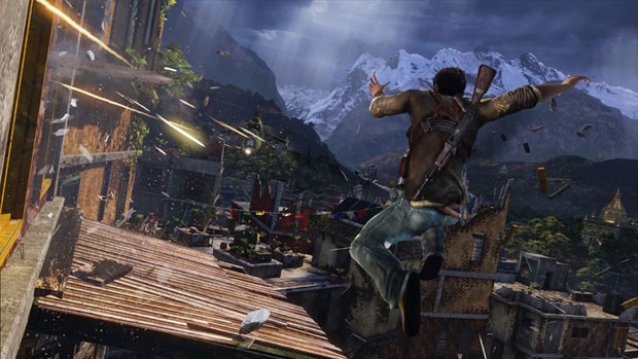

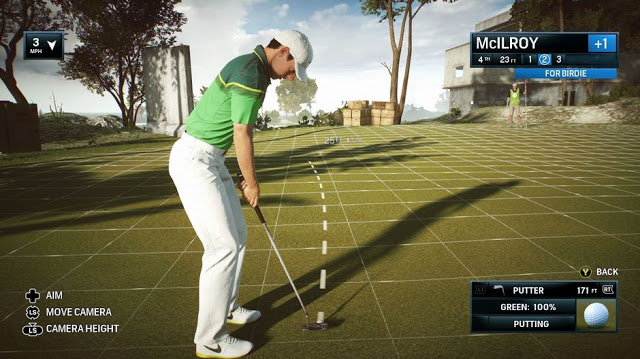

 Modding the Sky - How Fans Fix Skyrim One Mod at a Time
Modding the Sky - How Fans Fix Skyrim One Mod at a Time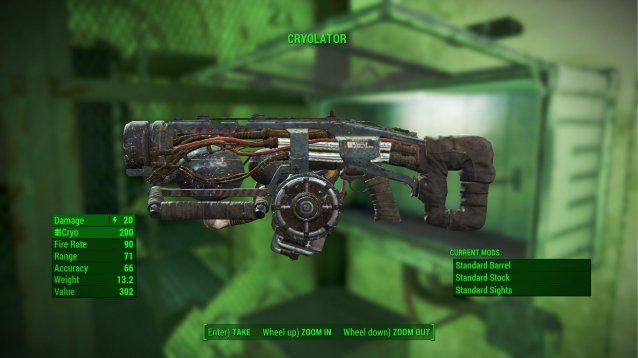 Fallout 4 Guide: How To Find The Cryolator
Fallout 4 Guide: How To Find The Cryolator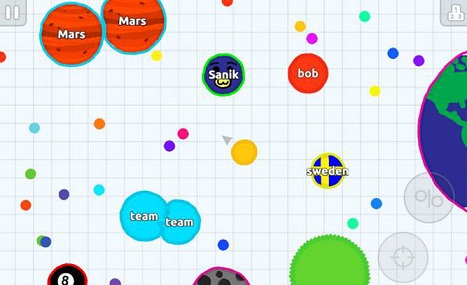 Agar IO (PC/iOS/Android) skins, beginners guide, tips
Agar IO (PC/iOS/Android) skins, beginners guide, tips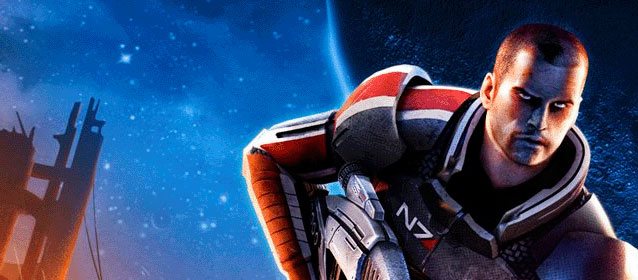 Top 10 Best RPGs for Xbox 360
Top 10 Best RPGs for Xbox 360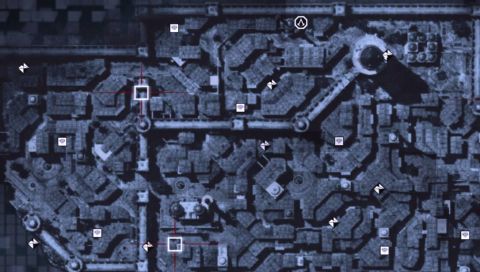 Assassin’s Creed Revelations: Animus Fragment Map Guide
Assassin’s Creed Revelations: Animus Fragment Map Guide